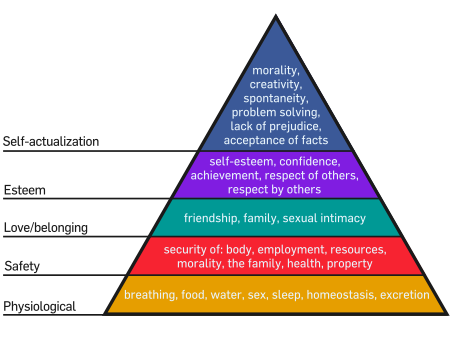In today's lesson I learned about Codes And Conventions. Codes And Conventions are used in media, and we looked at the codes and conventions that are used in magazines. The codes and conventions are generally adapted to the target audience that the magazine is aimed at. Some of the codes and conventions are generally used to attract people and are generally the same thought the magazines styles.
Some of the terms we learned are: Strap lines, which are headings that are used on the front covers of magazines. Coverlines are basically subheadings which are generally used all over the magazine. The mode of address is how magazines attract people such as the audience they are aiming for, this can be through competitions which are advertised on the front cover etc. The conventions are the style of magazine and fonts etc, certain styles for certain magazines, so you can tell which magazine is aimed at what audience. Written codes are the form of headings, the captions for images on the covers, and other things such as quotes or editors message etc. The symbolic codes refer to the clothing of what the main people on the front cover are wearing, and there body language, basically things you can see which attract the eye, such as the symbolism of colors such as red which symbolizes danger. And finally the Technical codes is the camera techniques that are used such as angles, and how the lighting is used on the images and the depth of field.
Some more technical terms were terms such as Mass marketing, which meant that a magazine would aim at more markets than one, to attract a wider audience. Niche marketing meant that the magazine was only aiming at one specific market which would attract a certain audience. Magazines also may use a hook, to attract there audience to buy their magazine such as using competitions or a free CD. The brand identity is something that a magazine has to create, it can either be a positive or negative identity, a positive identity will obviously be better. A hybrid magazine is a mix of genres to aim at more markets. We also learned that news values are who's views are the magazine using, the view's of Conservatives or The Labour party for example, but this depended on their demographic.
